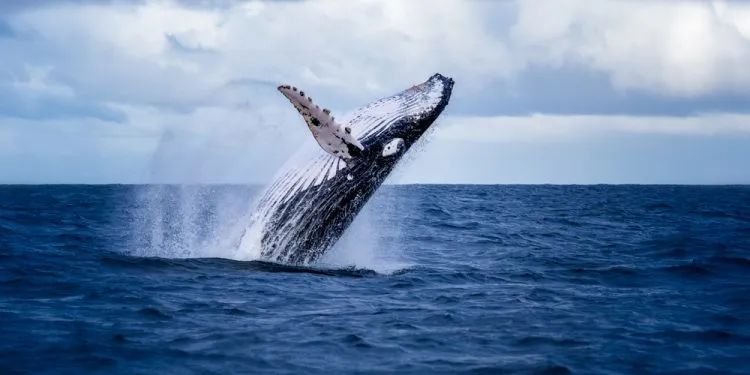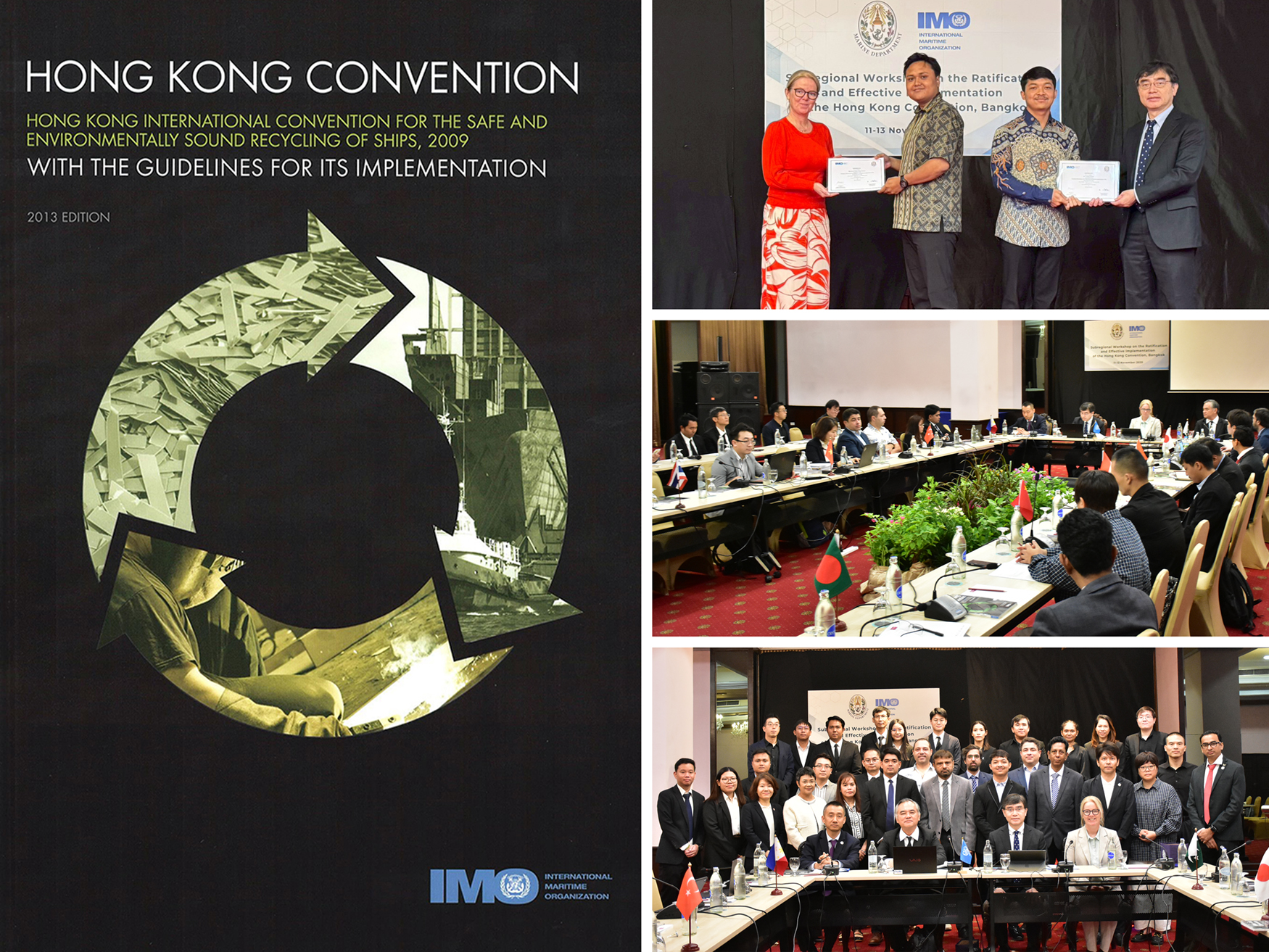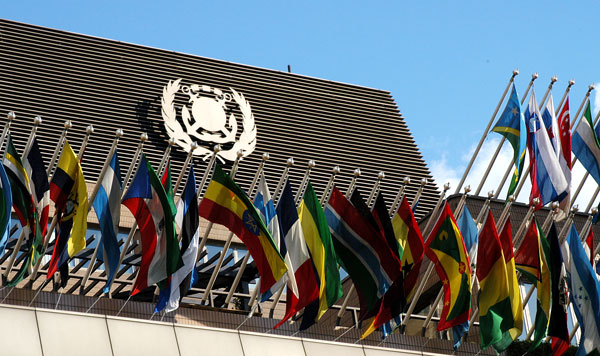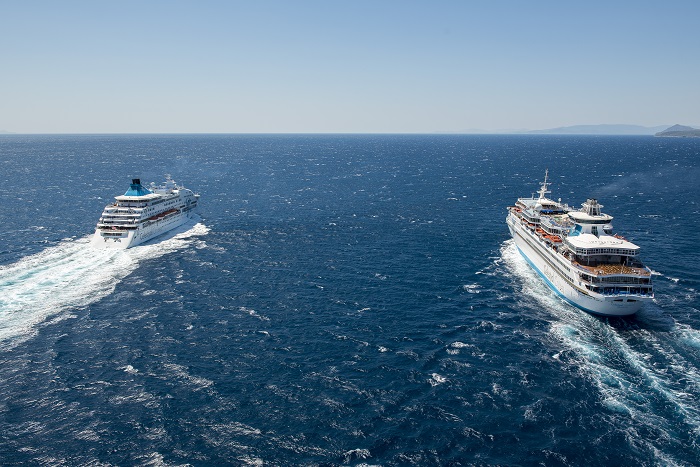





The International Maritime Organization (IMO) has welcomed a landmark new oceans treaty to protect marine biodiversity in the high seas, after negotiators from more than 100 countries recently completed a UN treaty to protect the high seas, the High Seas Conservation Treaty. Environmental groups say it is a long-awaited outcome that will help reverse the loss of marine biodiversity and ensure sustainable development.
According to international news reports, the High Seas Conservation Treaty aims to include 30 percent of the ocean in protected areas by 2030, up from the current 1.2 percent. The treaty will enter into force when 60 countries ratify it.

For most people, the protection of the high seas is underappreciated, says Pepe Clarke, WWF's international marine practice leader. But the oceans are a dynamic mosaic of habitats, and the high seas play an important role in the healthy functioning of the entire ocean system. With two-thirds of the ocean located outside the waters of sovereign nations, high seas treaties are a necessary prerequisite for protecting 30 percent of the world's ocean areas.
The High Seas Protection Treaty addresses the following issues:
The protection and sustainable use of the high seas.
Marine genetic resources, including benefit-sharing issues.
Area-based management tools (ABMT), including marine protected areas.
Environmental Impact Assessment (EIA).
Capacity Building and Transfer of Marine Technology (CB&TMT).
IMO has adopted a number of protective measures that all vessels are required to comply with, both within and outside designated sensitive sea areas (PSSAs), and in special areas and emission control zones. These include strict regulations on operational discharges and areas to be avoided and other ship route systems, including those designed to keep ships away from whale breeding grounds.IMO's Polar Code is mandatory for ships operating in the Arctic and Antarctic. The IMO has also issued guidance on protecting marine life from underwater noise from ships.
The high seas support fisheries, provide habitat for hundreds of thousands of species and mitigate the effects of climate change, with 23 percent of human-related carbon emissions absorbed by the oceans in the last decade. While this will slow global warming, it will also lead to acidification, with catastrophic consequences for marine ecosystems. Already 25% of known species in the high seas are threatened with extinction.
Waters beyond the jurisdiction of sovereign nations, the high seas, make up nearly two-thirds of the oceans, yet only about 1 percent of this vast area of the planet is protected and often lacks effective management.






